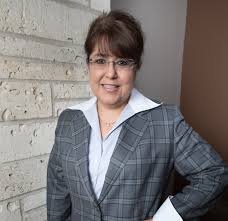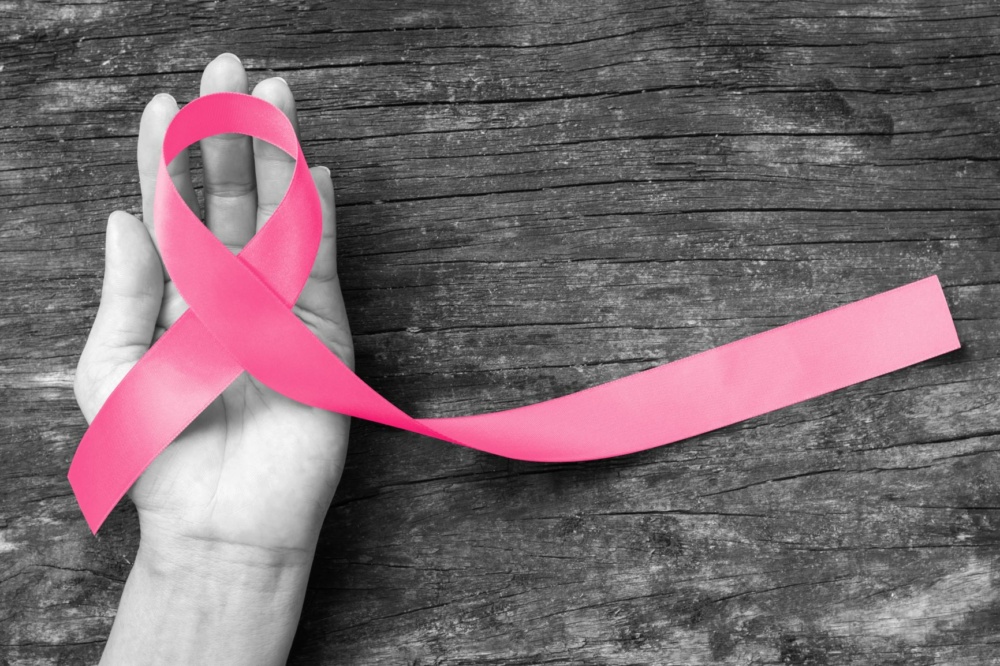Are You Dealing with Herniated Disc Pain?
Article provided by Dr. Melissa Macias of South Texas Brain & Spine Center
In our youth, most of us remain blissfully ignorant of serious back pain. Our relationship with our spine is largely unconscious. We expect our back to perform its functional duties, so that we can enjoy pain-free mobility. As middle age approaches, the risk of disc injury escalates to a peak between the ages of 30-50. Pain from a herniated disc can be a frightening experience. Being forearmed with knowledge and coping strategies can greatly offset the fear and instability of this difficult period.
If a disc ruptures suddenly, the pain can be excruciating, feeling as if a surge of electricity is flooding into the spine. The victim has little choice but to remain supine and immobile. Any trunk movement can result in a fresh bolt of searing agony. The sufferer should try not to panic. Assuming this is indeed a herniated disc, it is unlikely to be a medical emergency. In this situation, the priorities are remaining calm, lying still and getting prescribed medication.
The usual prescribed medication of strong painkillers and muscle relaxants will be of immediate relief. A welcome sleep will probably follow. The acute phase is unlikely to last more than a few days, and medication can usually control the worst of the pain. Also, the pain severity does not necessarily correlate with the length of the recovery period. For example, the debilitating pain of a suddenly herniated disc may only last a couple of weeks. However, the steadily increasing pain of disc-related sciatica can take several months before it begins to subside.
Faced with daily pain, desperate sufferers often begin to search the internet and other sources for relief and recovery advice. A wide range of potential recovery methods is available. The number of possible cures is a clear indication that a definitive panacea is not available. The biomechanics of the spine are complex, so promises may be empty. Pain makes people vulnerable, placing them in a medical niche market where sufferers can be desperate to find relief regardless of costs.
As well as commercial promises, back pain victims may discover that many of their friends, relatives and colleagues are keen to offer advice. Suggested remedies can vary greatly: Ice, heat, yoga, Pilates, traction, physiotherapy, total bed rest, zero bed rest, cortisone injections, hanging upside down and visualization techniques are common recommendations. In fact, many sufferers learn that a conservative approach works best. Following the acute pain stage, a period of bed rest, minimal medication and general relaxation might be the ideal path to healing.
In recent times, patience has lost some of its virtuous status. Many people expect quick fixes, especially if they pay for them. The reality of back pain due to disc herniation may not be so accommodating. Discs receive no direct blood supply, so the healing process can be slow. For sciatica sufferers, it can be weeks before any signs of improvement are evident. Once recovery does begin, it is helpful to measure progress on a week-to-week basis rather than hoping to wake up free from pain the following day.
During a bout of prolonged disc-related pain, most sufferers will consider the surgical options. Large-scale research indicates that two years after either surgical or non-surgical treatment the rates of patient relief are very similar. Herniated discs rarely require emergency surgery. Similarly, delaying surgery as a wait-and-see approach is very unlikely to cause further damage. Of course, for some people, putting off surgery might not seem practical. Surgery carries its own risks, and a good surgeon will outline both the short-term and long-term risks of the surgical route. Many surgeons will also emphasize that most people will recover in time without surgery. Sufferers should ideally seek out a range of professional opinions before making a decision on surgery.
In the acute stage, exercise will be far from the patient’s mind. Then, as the worst pain subsides, it is tempting to take up such activities as yoga, Pilates or core strengthening routines. Prolonged bed rest can be detrimental to healing, but so can unfamiliar exercise sessions. In the early recovery stages, very basic back exercises can offer some benefits. More strenuous or untested routines may be better as later preventative strategies rather than early remedial approaches.
The support of family and friends is essential during bouts of incapacity due to back pain. The support role may be taxing, and the slow pace of the patient’s healing process can be frustrating. Temporary caregivers should be aware of improvements in pain and mobility. It also helps if caregivers know about medical options, and believe that the patient is making informed decisions based on sound medical knowledge from professionals.
The majority of people with back pain from a herniated disc will achieve a satisfactory recovery. A herniated disc does not mean a bad back for life. Sufferers can usually return to their favorite sports and leisure activities. A sedentary lifestyle places more strain on discs, and can be far more damaging than many sports. Athletes at all levels with a history of disc-related pain are often careful to include a back strengthening program in their exercise routines. Simple daily back exercises are an excellent means of spinal injury prevention for everyone.

Dr. Melissa Macias
For More Information visit her website: HERE
1227 3rd Street, Corpus Christi, TX. 78404
(361) 883-4323







Recent Comments